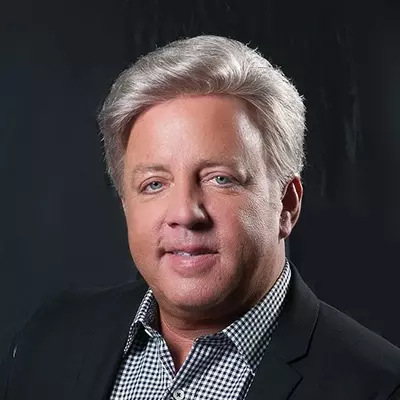Hair Loss, Hormones, & Genetics
Our job at Mane Image is to connect men with the hair loss solution that’s best for them. It all starts with pinpointing the cause of the hair loss, and the most common cause is genetics.
The proper name for hereditary men’s hair loss is androgenetic alopecia, also known as male pattern baldness. Androgenetic alopecia accounts for the vast majority of male hair loss cases—by some estimates, 90 to 95 percent.
In most cases, androgenetic alopecia occurs when dihydrotestosterone (DHT) hormones prey on weak hair follicles. Typically, hair goes through a particular growth cycle, where first it grows, then it rests, then it resumes growth again. The problem with prolonged exposure to DHT hormones is that vulnerable follicles spend less time growing and more time resting—to the point where the follicle becomes smaller and smaller (a process called miniaturization) and starts producing diminutive hair shafts. Ultimately, these follicles cease to produce any hair at all.
Some follicles on the head are especially susceptible to DHT damage. They tend to congregate around certain parts of the head, too—the crown and the front of the scalp. For this reason, hereditary hair loss often causes a familiar pattern, with hair thinning into an “M” shape—a receding hair line accompanied by baldness around the temples. In hereditary hair loss, a ring of hair is usually left along the back and sides of the head, which is where the follicles are strongest and the most able to withstand DHT exposure.
What if I Have the Gene?
Contrary to popular belief, androgenetic alopecia is not necessarily passed down along a particular side of the family, but rather can be passed down from either parent. Scientists believe that multiple genes are involved in the process, though no specific “cause” has yet been identified.
Not everyone who possesses these hair loss genes necessarily goes bald; the genes must be activated, which is where DHT comes into play. This hormone is in the testosterone family, which is why mostly men deal with it. As previously mentioned, DHT binds to the follicle and causes miniaturization, and, thus, hair loss. While many men face DHT exposure over the course of many years, it takes time for the effects to cause baldness, which is why hair loss becomes more common as men grow older.
More Than One Cause of Hair Loss
While hereditary hair loss is by far the most common, there are other potential causes of male balding. Some examples include ringworm and other infections of the scalp; skin disorders, including psoriasis and allergies; hair-pulling disorders, such as trichotillomania; and various potential medical causes, like the medications used to fight cancer, heart disease, and arthritis. Radiation and chemotherapy, of course, can also trigger hair loss. Finally, in very rare instances, stress and trauma can induce hair loss, but only when in truly extreme circumstances.
Contact Mane Image for a Free Consultation
Again, what matters isn’t necessarily the cause of hair loss, but the solution you seek—and at Mane Image Hair Replacement Center, there are always solutions available, including both surgical and non-surgical options. We encourage men who are struggling with thinning hair to contact us today and ask about potential answers to their hair loss struggles.











